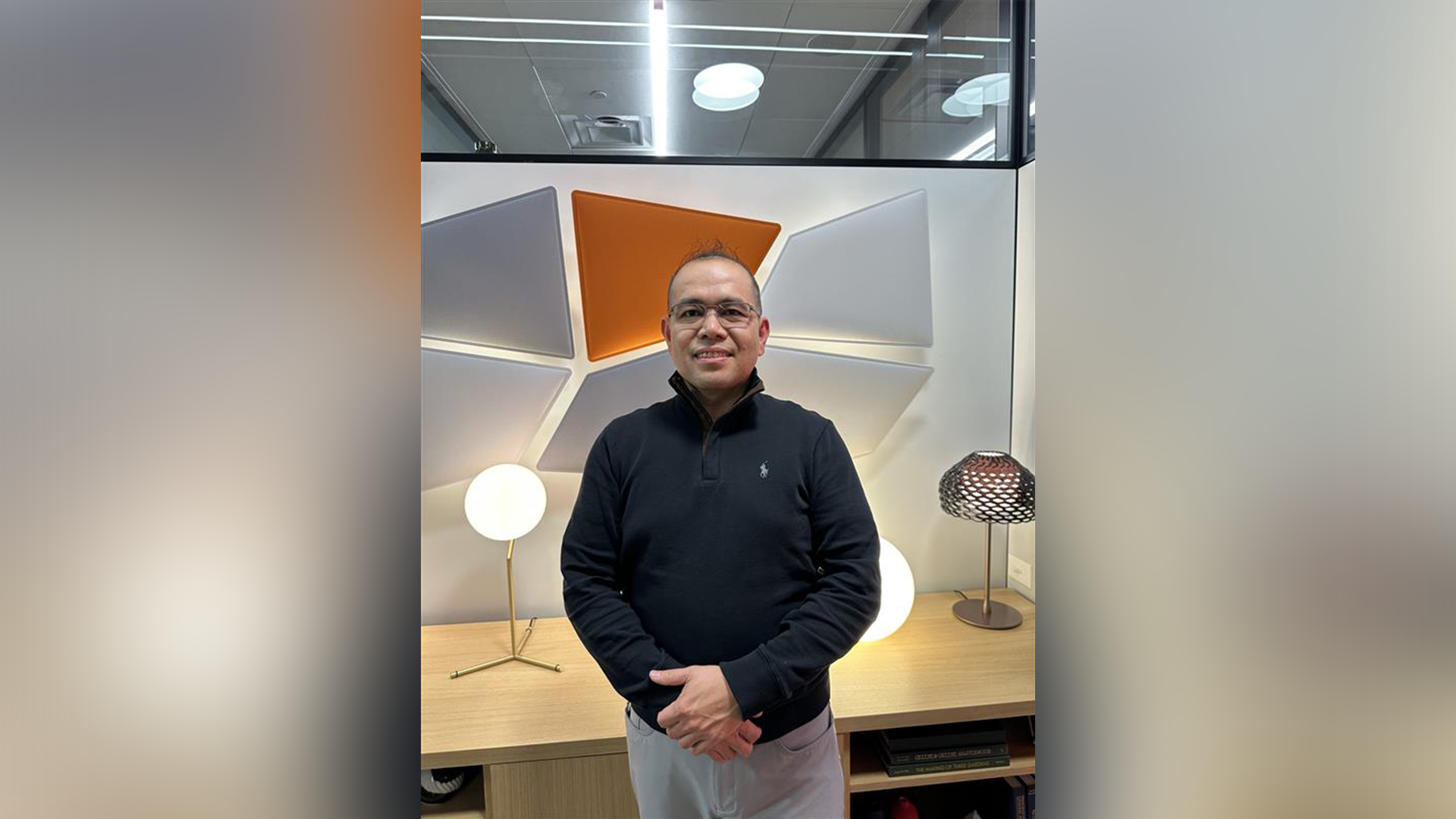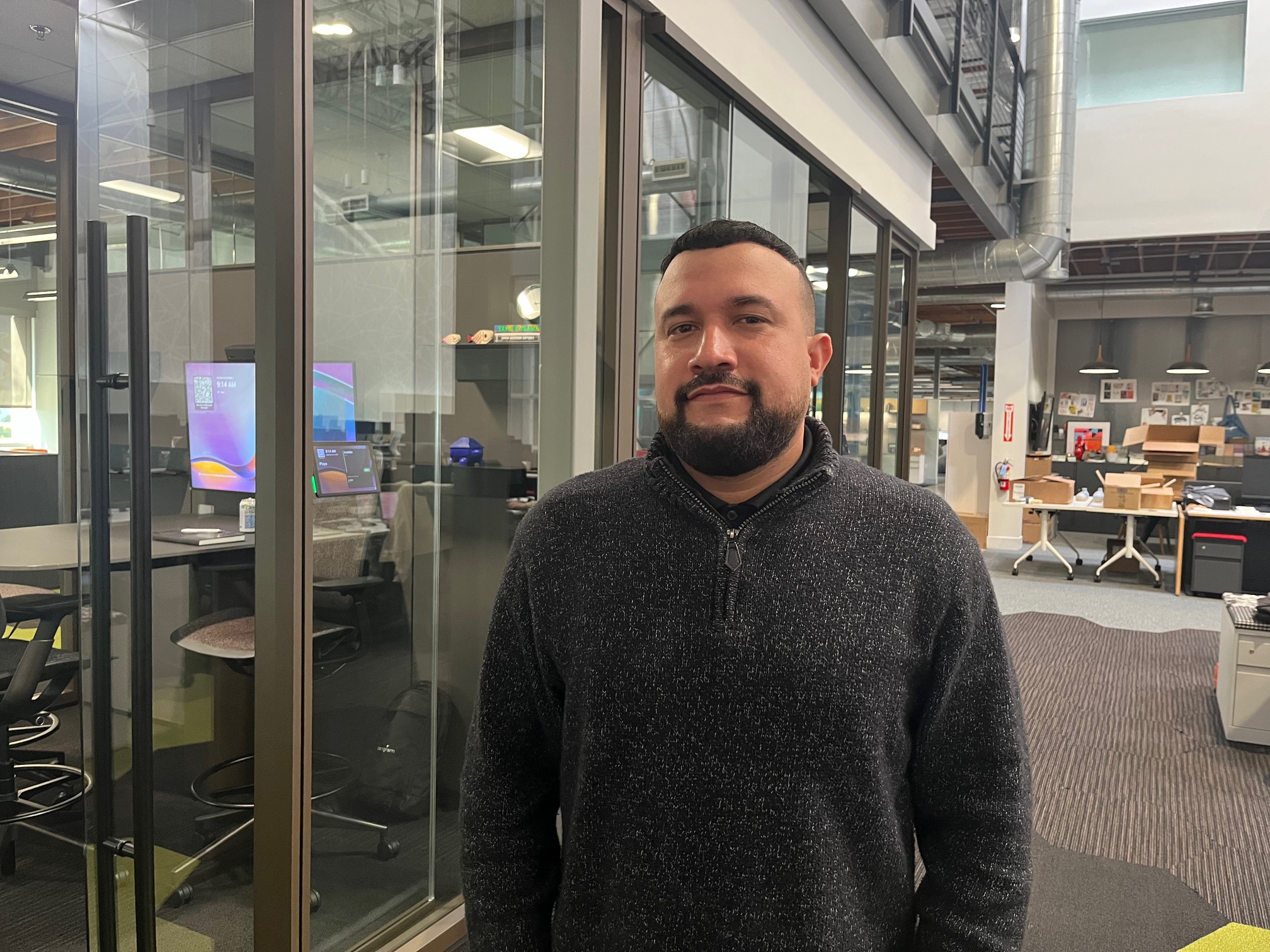Who Touched My Food?

Planning for the Future of Café Spaces + Food Service
From Tangram's Second Safest Webinar Series
After gaining a diverse set of valuable insight from several roundtable discussions with industry giants and innovative clients, we launched the Second Safest Workplace webinar series beginning in June. We concluded the series with Who Touched My Food? to discuss how the food service experience can be successfully transformed to meet post-COVID standards without sacrificing culture and community.
Catered lunches, unlimited snacks, onsite coffee houses —food has become an essential perk and amenity for many companies, especially in the startup and tech industry. Beyond its ability to attract and retain new talent, company leaders report that food drives results, with some of the best innovation generated over a shared meal. However, food in shared spaces with ample foot traffic opens the doors for contaminants and ultimately, a feeling of apprehension for those who occupy the space. So how do companies ensure the safety of their valuable players while continuing to provide this valuable incentive?
Panelists included Anthony Gargiulo, Senior Vice President, Design Innovation & Transformation at Compass, a leading food service and culinary experience company; Katy McCulley, Director of Facilities Services at Pacific Life Insurance Company, a Compass end-user and innovative player in the work café experience; and Bill Bouchey, Principal + Director of Design Interiors at HOK, a design and architecture firm fronting the challenges and solutions to the post-COVID office.

Trends, 5 Months Later
We're 5 months into the pandemic and companies have had the time and space to rethink the café space and cater to the new reality we’ve been thrust into. Bottom line, the new norm is built on safety above all else, says Gargiulo. The future kitchen space will be powered by technology—touchless payment, frictionless pickup, food lockers, streamlined process, automatization, robotics, drone delivery, 3D food printing. Our smart phones will be vital in connecting food and space moving forward. The food service industry has been on this trajectory for some time, but the process towards transition has been accelerated by the pandemic, says Gargiulo.
While function of the café space has taken precedent over culture and collaboration for the time being, the humanity of food can’t be overlooked, urges Gargiulo.
We don’t want to disrupt or lose that human element, that human connection we need to survive and thrive on. We need to leave hospitality in the hospitality business.
Peace of mind is everything.
We’re at a point in the pandemic where everyone feels empowered," says Bouchey. "They want to see their safety, they want to experience it.
In terms of non-tech solutions, companies are moving in the direction of prepackaged food, eliminating self-serve and creating a one-way path to aid in social distancing. Ultimately, employees need to feel in control of their safety, fully empowered with the right tools, knowledge and communication provided by their employer. Only then will they have the comfort to confidently return to the office.

New Design Approach to Café Spaces
These spaces need to allow people to let their guard down and actually 'sink in', says Bouchey. Individuals first need the capacity to feel secure. Secondly, the space needs to be human-centric and flexible. There is a consistent and equal desire for culture, community and connection met with transparency throughout the entire food experience.
Spaces need to lose their labels, rethinking the entire office as an ecosystem of experiences instead, says Gargiulo. People must feel safe to eat anywhere in the office now, because distribution will allow for more connection to happen free of apprehension. Part of this relies on antimicrobial and durable materiality that allows for regular cleaning. But to make this truly effective, users would need to be accountable for cleaning up after themselves and wiping down the table after eating. We have the opportunity to change our organization’s thoughts around safety and incorporate more care for one another in our decisions, says McCulley.
To ensure everyone returns with the same goals, organizations will need to provide clear communication to install confidence in how to properly and safely interact with the space. Therefore, once they come back, there will be a preexisting level of trust within the community that users are looking out for everyone’s best interests.
Lastly, there will be a greater requirement for flexible spaces. There is an opportunity, especially in Southern California, for outdoor spaces to be used or repurposed for collaboration and catered events. Organizations can create pop-up patios, providing an area for food and connection that will serve in the interim. There’s also value in adding more pantry spaces around the office for heating up food quickly, grabbing utensils, refilling water and washing hands without having to congregate in one café space to do so.
.jpg)
Repurposing Spaces + Micro Markets
Are there empty or underused spaces in your office? Pacific Life Insurance Newport is accelerating renovations on their outdoor space to serve as an additional food and culture host, says McCulley. Additionally, they utilized Compass’s services to roll out a micro market at their Omaha location to provide prepackaged and prepared food for a heightened ‘grab n go’ experience. These micro markets can be installed for the time being in café spaces with retail, beverages and groceries made to order, putting choice and control in how and when you order through your app and a scanner system. Ultimately, if we were even able to be ‘COVID-free’ at some point, a level of PTSD surrounding salad bars will remain long after, so companies will need to consider these peace-of-mind solutions long-term, says McCulley.
As for the dining space, some tables can be reservable for you and a select group of other that you trust. If you have equal areas available for booking as you do first-come-first-serve, there will be greater emotional comfort. The intent is to maintain casual collisions but allow people to choose how they have them. Repurposing space becomes especially important in this context, as there are additional opportunities to book underused spaces like a conference room for a private dining experience in a relaxed environment, says Bouchey.

Signaling and Wayfinding
Permission signaling and wayfinding are critical pieces for navigating the office with confidence. This includes both technological and physical communications. People will need to access the status of a space quickly on their phones, but additional signage will instill visual value cues ie a placard on a table stating that it’s been cleaned. There lies an opportunity for embedding, integrating and over-expressing—sometimes in a creative way. For example, one client uses lighting to denote whether a space is clean or note, says Bouchey. If the space is clean, it will be lit with blue ambient light, if not clean, the lighting will be red and flashing. Simplifying communication to this extent crosses barriers of language and communicates status faster than written signage.
Remote Culinary Experiences
Food is a vital comfort to people in this season and a safe outlet for individuals wanting to lose themselves in a distracting, yet productive, experience. According to McCulley, Pacific Life Insurance has kept their chefs on salary. During this time, they’ve been making recipe videos for the company’s internal social media platform so that employees can make their own meals and post pictures of their finished plates (photos with the most likes receive prizes). This has opened a door to meet people across the organization that you wouldn’t normally encounter, says McCulley. Moving forward, the teams will additionally have the chance to be a part of cooking classes hosted by the chefs for a more intimate and bonding experience.
Activities like this and offering online markets, delivery service discounts and family take-out meals keep employees engaged with their coworkers and the company. When we return to the office, there will be an opportunity to maintain enhanced culinary experiences that have worked well during this trial run, says Gargiulo.
After all, creation is born out chaos,” says Gargiulo. “There lies the opportunity to reimagine food service without losing the human connection we’re all longing for. It’ll take vision and guts.














